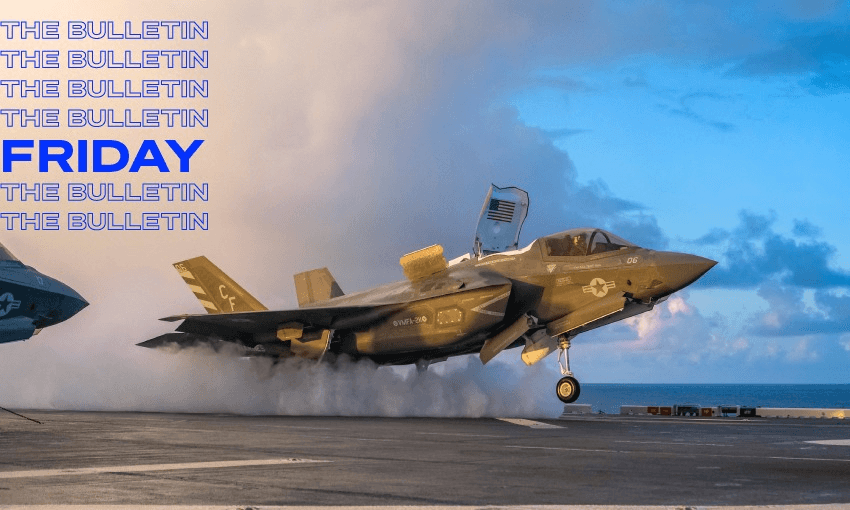Controlling the airspace above Ukraine could protect locals from Russian airstrikes, or start World War III, Justin Giovannetti writes in The Bulletin.
Ukraine’s president has asked for the west to ‘protect our sky’ from Russia.
Volodymyr Zelenskiy has called on western leaders to establish a no-fly zone over Ukraine to stop Russian airstrikes and cruise missile attacks. It’s a divisive request that has found little support from within the Nato military alliance, but Zelenskiy keeps asking and some groups have started advocating more forcefully. Foreign Policy reports that international relations scholars overwhelmingly oppose the idea, the only proposal with less support was a ground war against Russia. Why the lack of support? In short: A no-fly zone would commit Nato to an air war against Russia. It would mean the alliance, or some other military power, would designate Ukraine’s airspace as closed to Russia. When the other side disagrees, shooting starts.
A no-fly zone would likely start an immediate escalation in an unstable conflict.
Following the end of the first Gulf War, the US and a number of its allies imposed a no-fly zone over much of Iraq. The no-fly zone started with a massive attack on Iraq’s air force and air defence system. A no-fly zone is a not a peaceful measure, you can’t impose control of the sky when someone is shooting at you from the ground. There have been calls for a limited no-fly zone over humanitarian corridors, according to The Guardian. But there’s been little official support for the idea. Russia’s air force doesn’t control the sky over Ukraine. Despite trying to establish superiority, it has been mauled by old Soviet and modern surface-to-air missiles fired by Ukraine’s military. Forbes has reported on the challenge faced by Russian pilots.
There are humanitarian reasons to ignore the risk and control the sky.
While Russia has been pounding Ukraine’s cities with missiles and artillery in recent days, its air force has been responsible for scenes of mass death. Yesterday, Russian forces dropped a bomb on a theatre in Mariupol where hundreds of civilians were sheltering, according to the BBC. There were local reports that up to 1,200 people were in the building. A swimming pool where pregnant women and children were staying was hit in a separate airstrike. Writing in Politico, the former CEO of Airbus argued that Nato has “a moral and practical obligation” to protect the skies, at least in western Ukraine near the alliance’s member countries. Earlier this week, Russian missiles fell within 20 kilometres of the border with Nato member Poland.
It’s unclear if a no-fly zone is coming, but the war is certainly worsening.
This story has little to do with New Zealand. The country has no fighter planes and extremely limited air defence capability. It’s also been a laggard on sanctions. Aotearoa has so far refused to explain why it hasn’t sanctioned a high-profile Russian oligarch with numerous links to New Zealand business, Stuff reports.
While Zelenskiy and many Ukrainians have been thankful for the military and economic support they’ve received from the wider west, they remain deeply frustrated that the help hasn’t gone further. The Ukrainian president made his appeal directly to the US congress this week. As Reuters reports, Zelenskiy called on US President Joe Biden to be the world’s “leader of peace”. Some in congress now want to go further and labelled Russian president Vladimir Putin a war criminal. Putin himself has responded by calling Russians living overseas “traitors to the motherland”, according to the Miami Herald.
